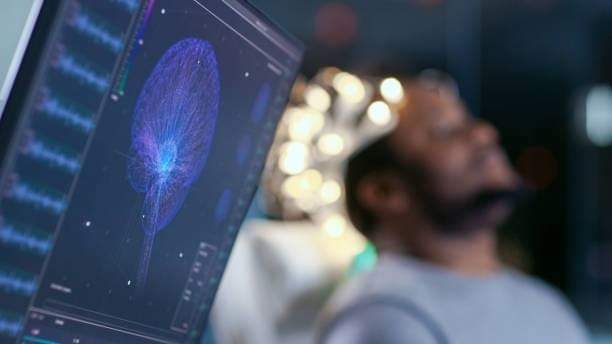Slumber apnea is a common slumber condition that affects many individuals throughout the globe. It happens when a person's respiration is disrupted during sleep, leading to poor slumber standards and various medical issues. One of the ways researchers and physicians are endeavoring to better understand and identify sleep apnea is through a method called quantitative EEG, or qEEG. This approach assesses the electronic activity of the cerebrum and can provide valuable understandings into how sleep apnea affects brain activity and overall health.

qEEG entails positioning small electrodes on the scalp to capture cerebral oscillations. These cerebral waves are then analyzed to identify trends that may suggest sleep conditions, including sleep apnea. By examining these patterns, healthcare professionals can obtain a clearer understanding of how sleep apnea disrupts typical brain activity during sleep. This data can be essential for formulating effective treatment plans tailored to specific clients. Comprehending the connection between qEEG and sleep apnea can result to enhanced identification methods and better outcomes for those affected by this condition.
Research has demonstrated that people with sleep apnea often display specific alterations in their brain wave patterns. For instance, during episodes of apnea, the cerebrum may exhibit increased function in specific regions while additional regions become more active. These changes can affect how well a person slumbers and how rested they feel upon waking. By employing qEEG to track these cerebral oscillation trends, physicians can recognize particular traits of sleep apnea in clients, which can assist in formulating a more precise diagnosis. This is especially important because sleep apnea can sometimes be confused for other sleep conditions, leading to misguided therapies.
In furthermore to enhancing identification, qEEG can also serve a part in assessing the efficacy of therapies for sleep apnea. For example, after a client starts employing a constant beneficial airway force (CPAP) device, which assists maintain the passage open during sleep, qEEG can be utilized to evaluate alterations in cerebral activity. If the cerebrum exhibits enhanced trends of try this web-site slumber after initiating treatment, it may suggest that the treatment is functioning effectively. This response can assist physicians formulate required modifications to therapeutic strategies, guaranteeing that patients receive the best care possible.
Overall, the connection between qEEG and sleep apnea patterns is an promising area of study that offers promise for improving identification and treatment. By understanding how sleep apnea affects brain function, healthcare professionals can formulate more efficient approaches to assist clients achieve better sleep and improve their overall well-being. As studies progresses to advance, it is probable that qEEG will become an essential tool in the fight against sleep apnea, resulting to superior results for those who experience from this challenging condition.
Comments on “Unveiling the Link Between quantitative EEG and Sleep Apnea Trends for Enhanced Diagnosis and Therapy”